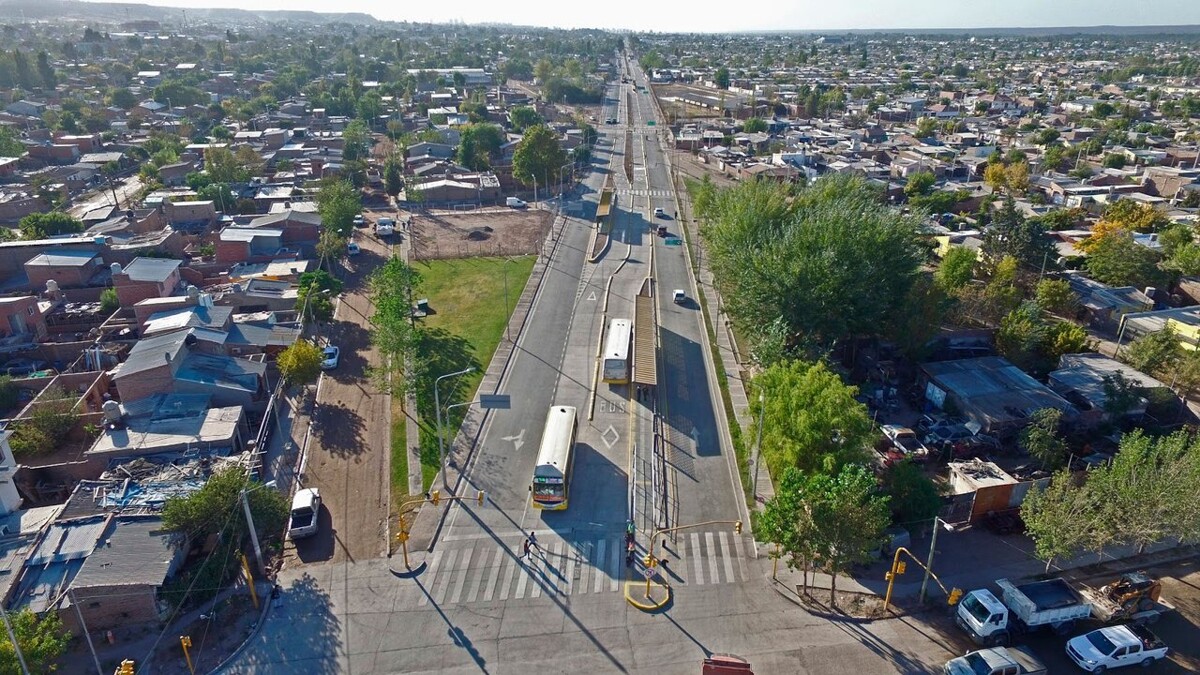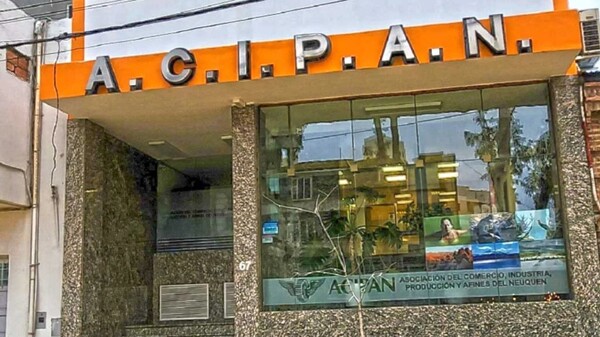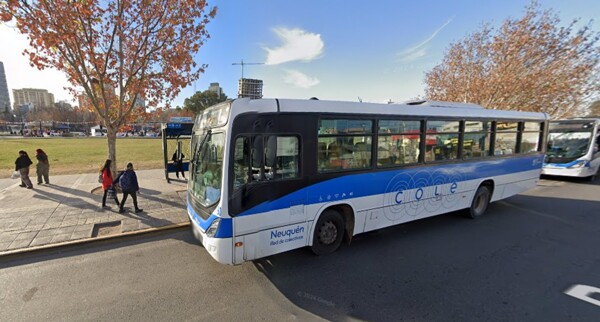
The most recent data from the Permanent Household Survey (EPH) shows that in Neuquén-Plottier, the activity and employment rates decreased by almost one percentage point compared to the previous year during the fourth quarter of 2024. This decline is attributed to national fiscal adjustments and the end of large projects, which has resulted in a slowdown in the labor market that, however, remains above the national average.
The technical report from INDEC corresponding to the last quarter of 2024 details that the activity rate fell from 50.2% to 49.4% in a year, while the employment rate decreased from 48.4% to 47.5%. Although the unemployment rate increased slightly, from 3.6% to 3.9%, it still falls within the margin of error.
The province of Neuquén has experienced a slowdown in sectors such as construction and associated services, due to cuts in transfers, the paralyzation of key public works, and the completion of significant projects that drove hiring in 2023. This situation has led to adjustments in staffing levels in various companies to maintain profit margins.
On the other hand, the commercial sector has also suffered, with an 8% year-on-year drop in real sales in the last quarter of the year. Despite this, labor activity in Neuquén remains six points above the levels recorded in 2020, demonstrating the resilience of the shale sector and its value chains.
For the year 2025, a possible reactivation is expected due to the reversal of the Northern Gas Pipeline and the installation of new petrochemical plants, which could boost the demand for specialized labor. However, a gradual progress is anticipated, considering the current macroeconomic context, which includes a restrictive fiscal policy and credit scarcity.
In summary, Neuquén retains one of the lowest unemployment rates in Patagonia and high levels of labor participation nationally. Despite this, the slowdown in public works and spending cuts mark a pause in economic growth, and future development will depend on the timely reactivation of investments and the state's capacity to sustain pending infrastructure.













